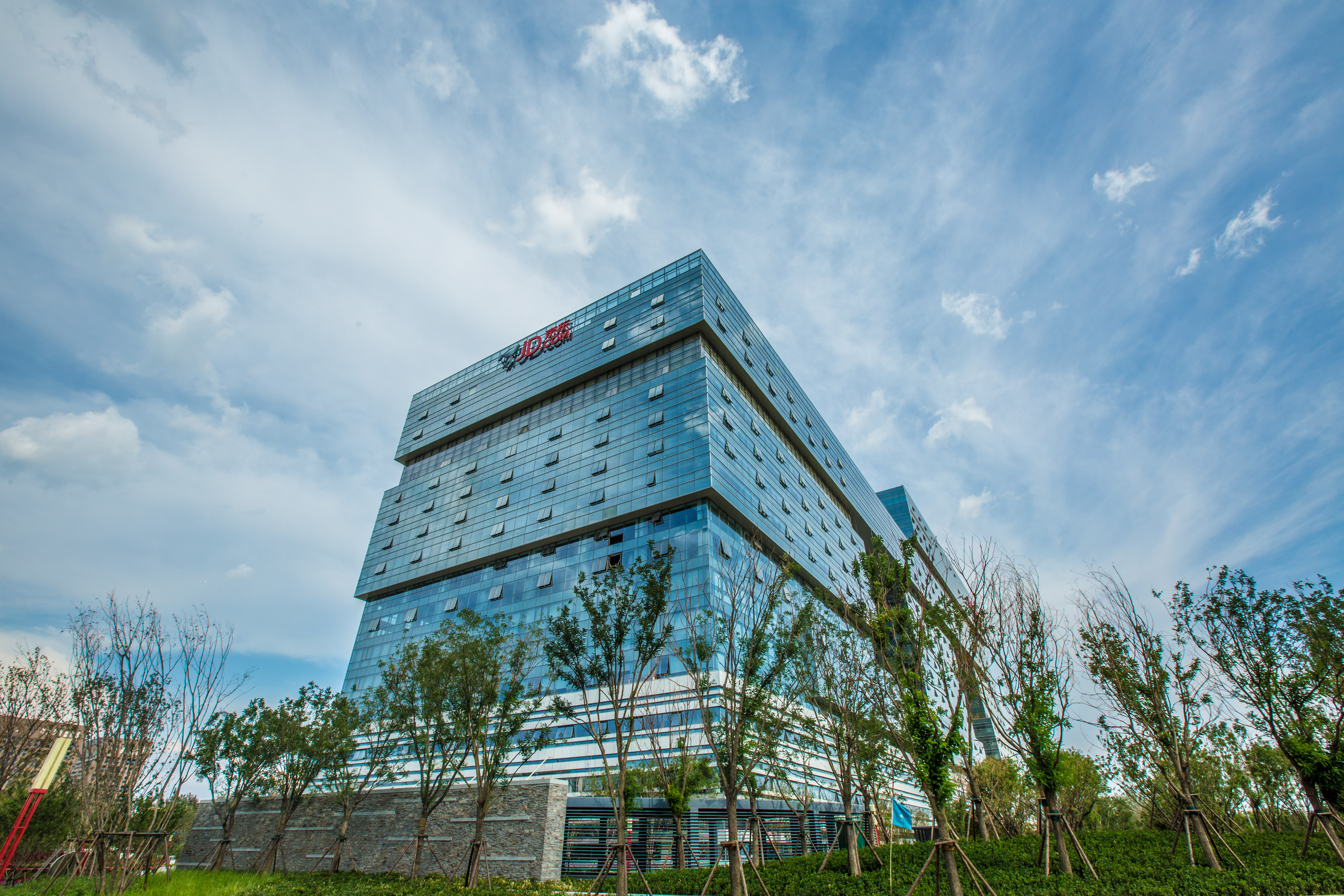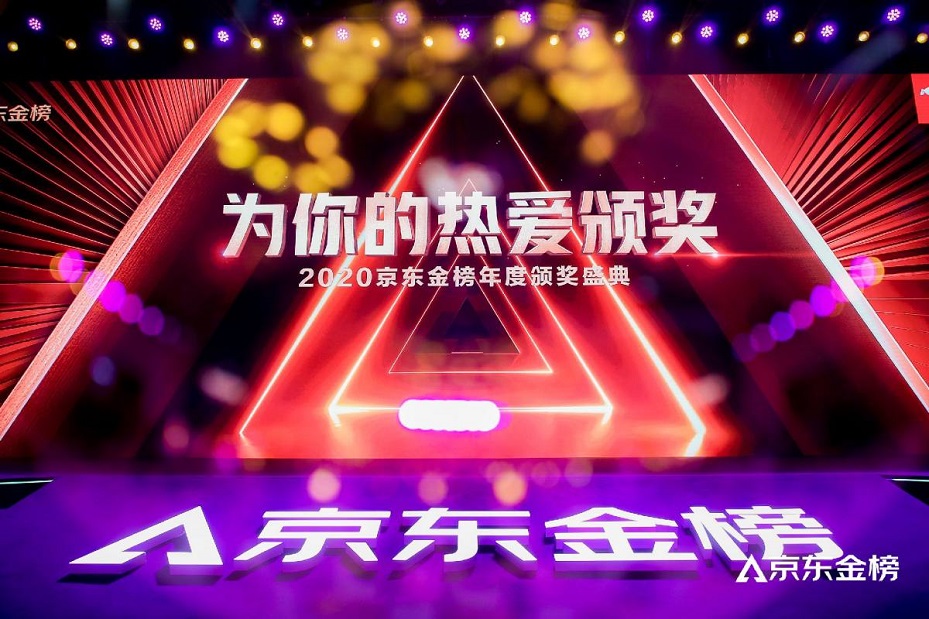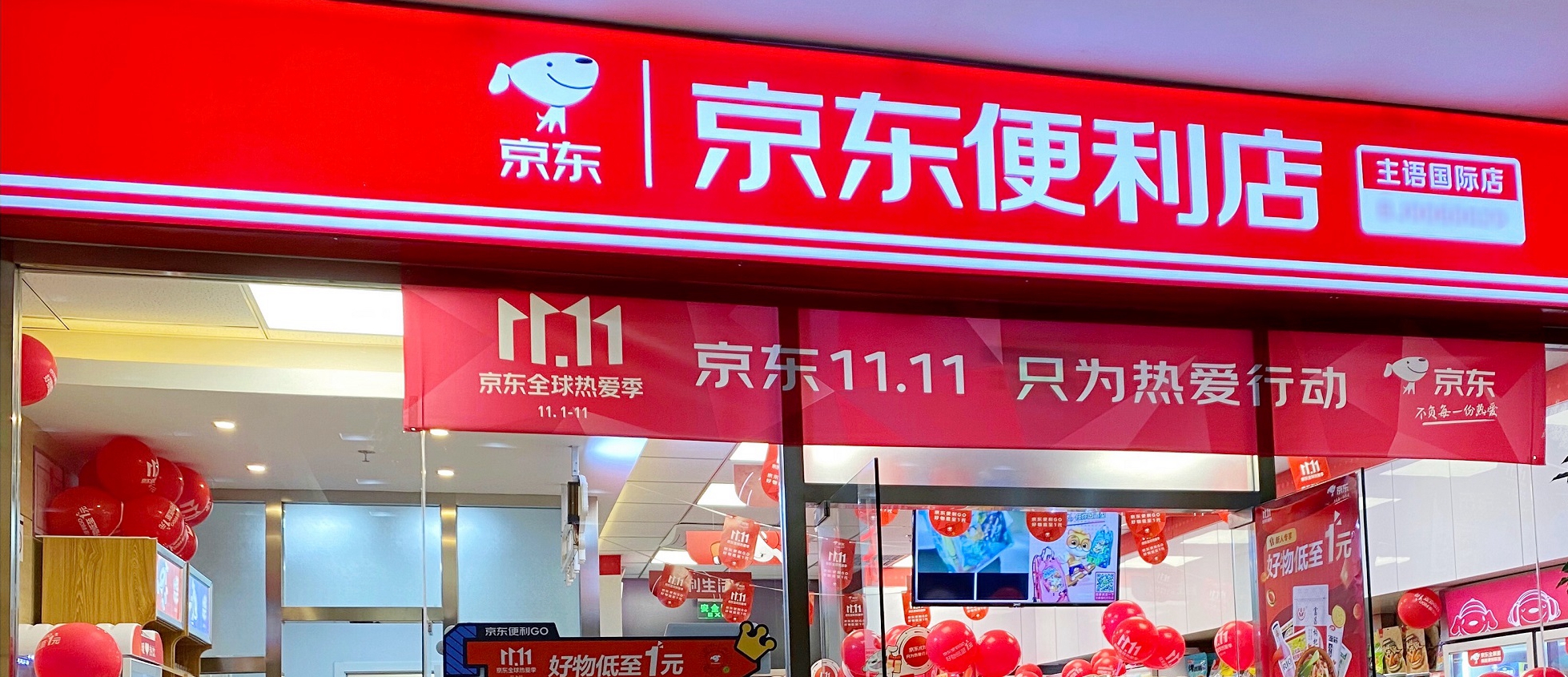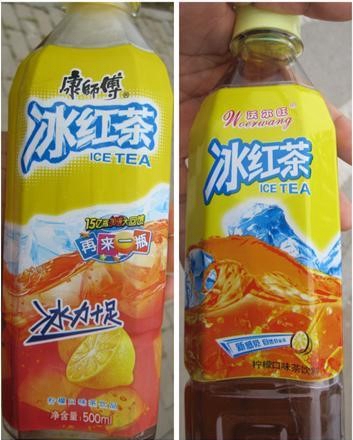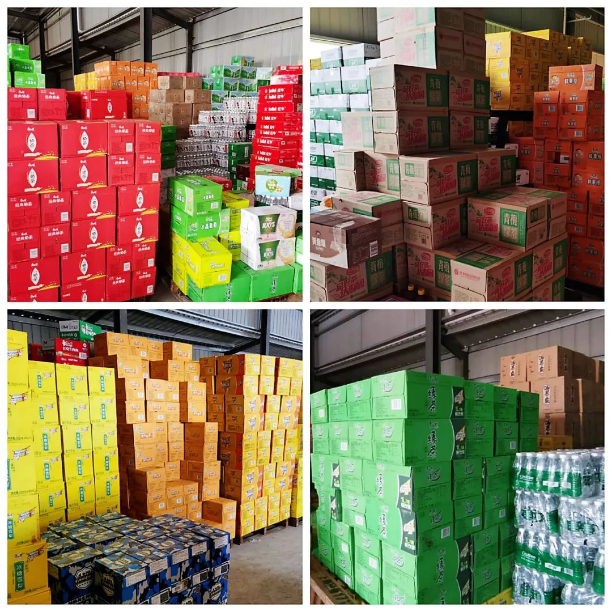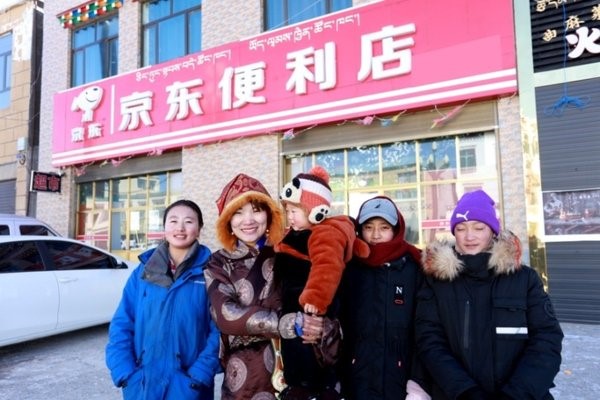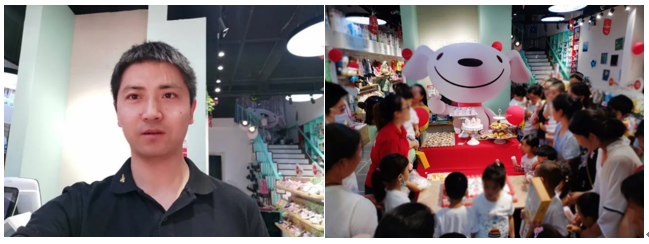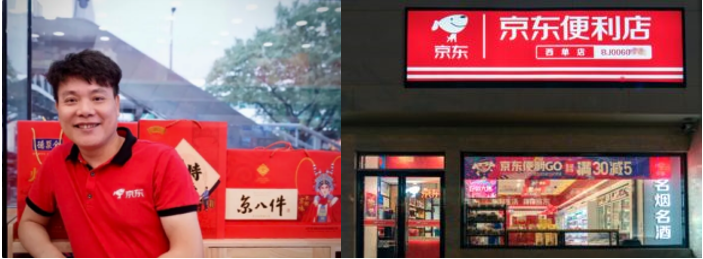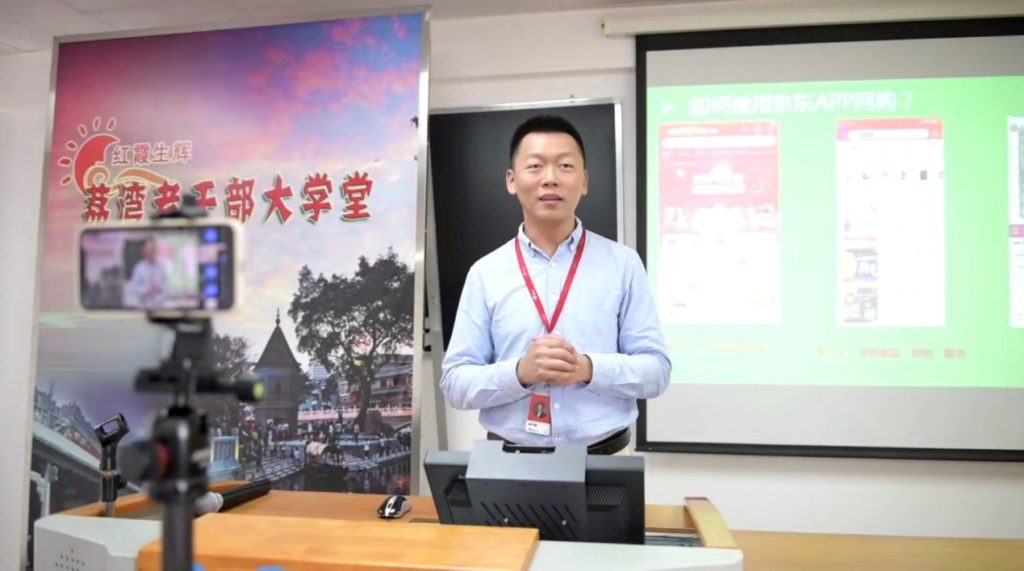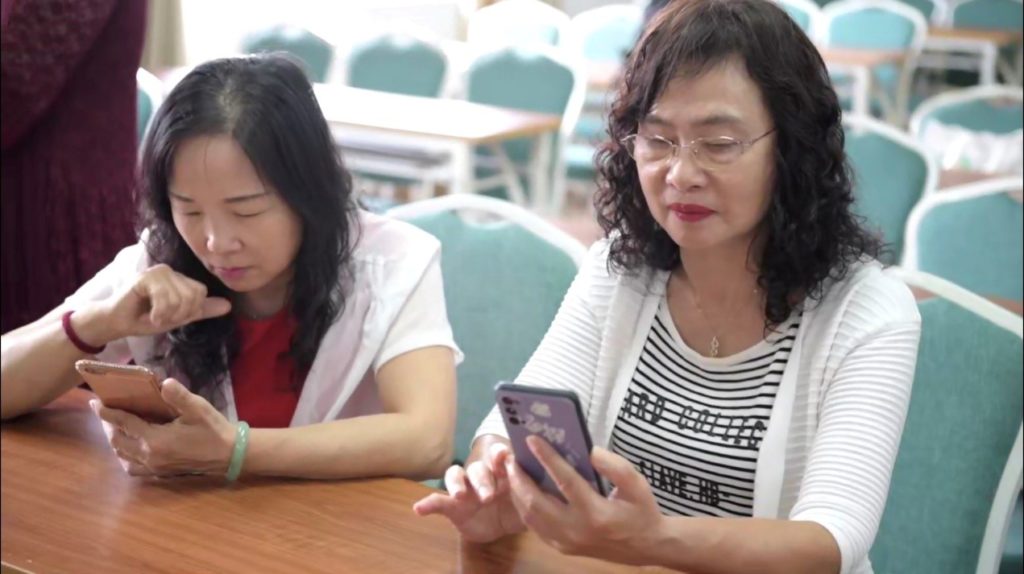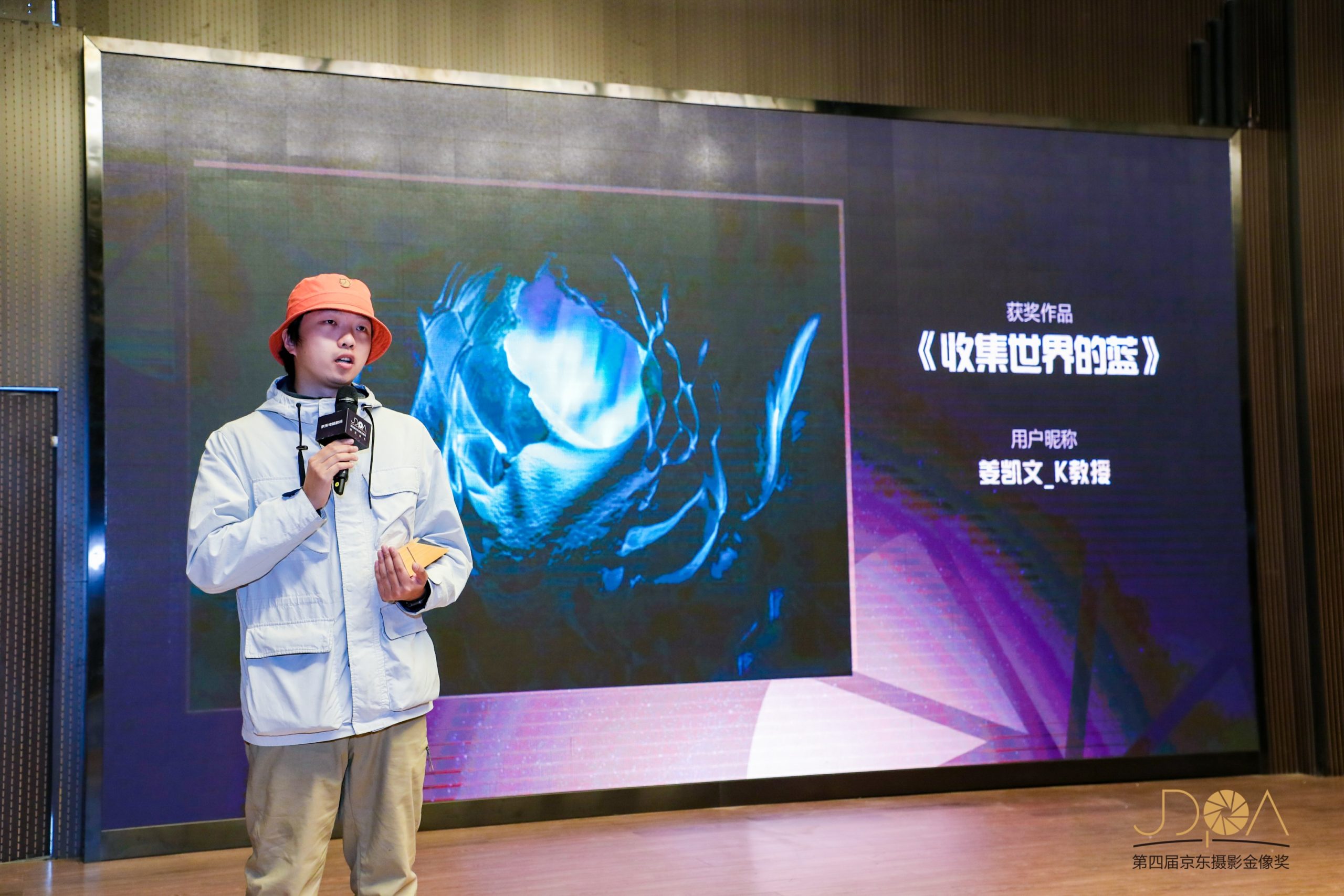CORPORATE HIGHLIGHT: JD HEALTH IPO
JD Health listed on Hong Kong Stock Exchange (HKEX) on Dec. 8 with the ticker 6618.HK. The company held a celebration at JD.com headquarters in Beijing, virtually linked to the exchange in Hong Kong. In his remarks at the IPO ceremony, Lijun Xin, CEO of JD Health, said: Led by Richard Liu, Chairman of JD.com, we started providing healthcare services in 2014 in order to solve industry pain points and create value for society. “2020 is not only an extraordinary year for everyone, but also a year in which JD Health creates social value and JD Health is recognized and understood by society.” In the span of three months at the height of COVID-19, JD Health answered more than 10 million online consultation queries.
More IPO highlights:
- HK: JD Health to improve consumer service through omnichannel solution
- HK: JD Health’s next steps after IPO and COVID-19
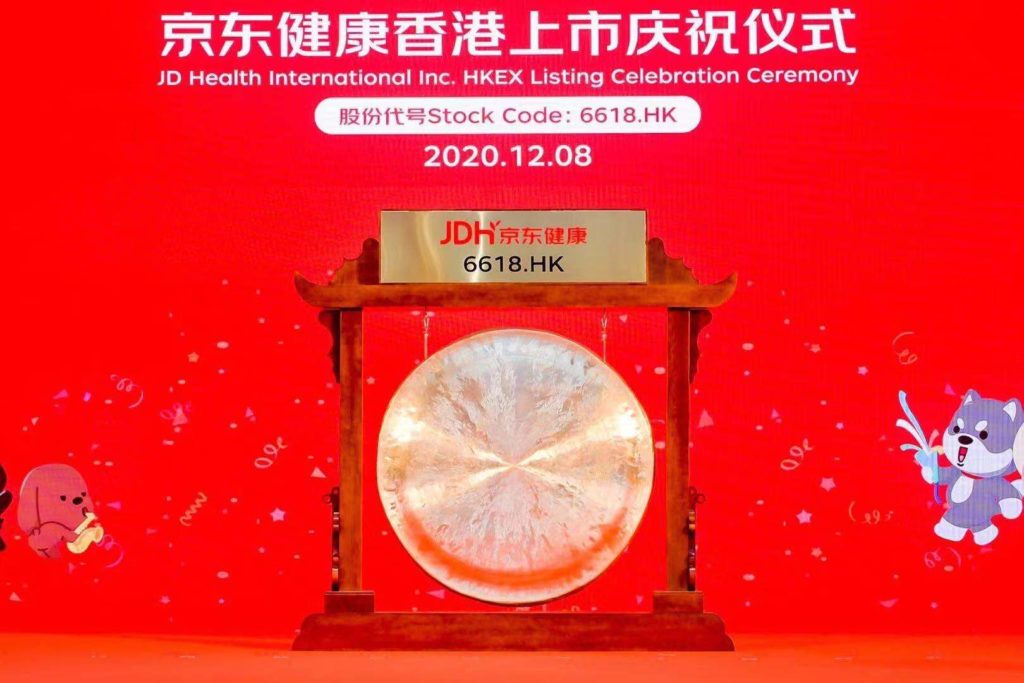
BUSINESS UPDATES
Indonesian Ambassador to China visits JD HQ in Beijing: Ambassador Djauhari Oratmangun made his first visit to JD headquarters in Beijing on Dec. 9. In his discussion with Xiaobing Yan, senior VP of JD and president of JD international business, Oratmangun expressed hope that JD could bring more local products from Indonesia to China via its e-commerce platform. In the discussion, Yan mentioned that JD.ID would enhance cooperation with the local government and enterprises in Indonesia to introduce more of the country’s high quality products to China. Following his visit with Yan, Oratmangun joined JD for a livestream show in which he introduced popular Indonesian products and local culture to JD customers.

Indonesian ambassador Djauhari Oratmangun (L) shakes hand with Yan Xiaobing (R) , senior VP of JD and president of JD International Business
JD has become the first e-commerce platform to accept the digital yuan. The company is providing support for Suzhou’s digital yuan program. On Dec. 5, the municipal government of Suzhou, the second largest city in Jiangsu province (100km away from Shanghai), announced to distribute a total of RMB 20 million yuan (approx. US$3 million) in digital currency to its residents. The residents can receive digital red envelopes through an online lucky draw to be used online and offline. Selected products from JD’s first party business support digital yuan payment. Moreover, nearly 10,000 offline stores including JD’s offline home appliance stores and convenience stores accept the digital currency. In September, JD Digits and the People’s Bank of China’s Digital Currency Research Institute formed a partnership to promote the research and application of digital yuan.
JD will provide 15,000 jobs for the class of 2021. This includes 10,000 jobs provided by JD Logistics as an effort to train management talent from the ground up. In recent years, JD has created more than 2,000 types of jobs, appealing to graduates majoring in technology R&D, marketing, and more. As of Sept.30, 2020, the number of employees of listed and non-listed companies under JD’s umbrella exceeded 320,000 with a net increase of 60,000 since COVID-19 outbreak early this year, alone. By August of this year, the company already had given job offers to nearly 1,000 students majoring in technology in the class of 2021 as part of its commitment to recruit R&D talent prior to graduation.
JD launches the first 5G smart phone for the elderly: JD worked with several mobile phone brands to launch smart phones for elderly people through its Consumer-to-Manufacturer (C2M) initiative, helping seniors live more conveniently in a society filled with digital technologies. The company identified the difficulties elderly people face related to entertainment, transportation and communication with their children, and worked with mobile phone brands to improve the functions on traditional smart phones. The 5G smart phone that JD launched with ZTE is equipped with services such as remote assistance, detailed instructions, fast medical consultancy and more. For example, customers can download the app called “family time” developed by JD, and connect to their parents’ smart phones. Then customers can remind their parents remotely to take medicine or share family photos with them.
JD revealed major consumption trends of 2020 at the annual ceremony of the JD Golden List program on Dec. 10. JD Golden List releases official lists generated by different business categories of JD each month. The trends show consumers strong desire to shop for products that reflect their passions. JD also revealed the 100 “golden products” of the year, covering brands like Huawei, China Unicom, Xiaomi, Lenovo, SK-11, Ecovacs, and more brands in the categories of books, digital products, computers, consumer goods, fashion and health, which are selected from products on JD, based on customers’ data and feedback of industry experts.
JD will launch three SEVEN FRESH LIFE community grocery stores in Guangzhou between Dec. 18-25, providing local residents with a convenient fresh food shopping experience. The first SEVEN FRESH LIFE was opened in Beijing in late 2019.
Have a bit more time? Check out some of our recent long reads:
- In-Depth: JD New Markets – Aiming at Lower-Tier Regions: JD New Markets, an omnichannel B2B2C model has become the offline home court of JD.com. Learn how this business is serving China’s brick-and-mortar mom and pop stores and empowering them to increase efficiency and reduce costs.
- In-Depth: JD Helps China’s Elderly Embrace New Tech Frontiers: In the face of an ever-changing internet, many elderly have a deep-seated fear of behind left behind. JD has been making significant efforts to help the elderly embrace and enjoy the possibilities offered by the internet.

